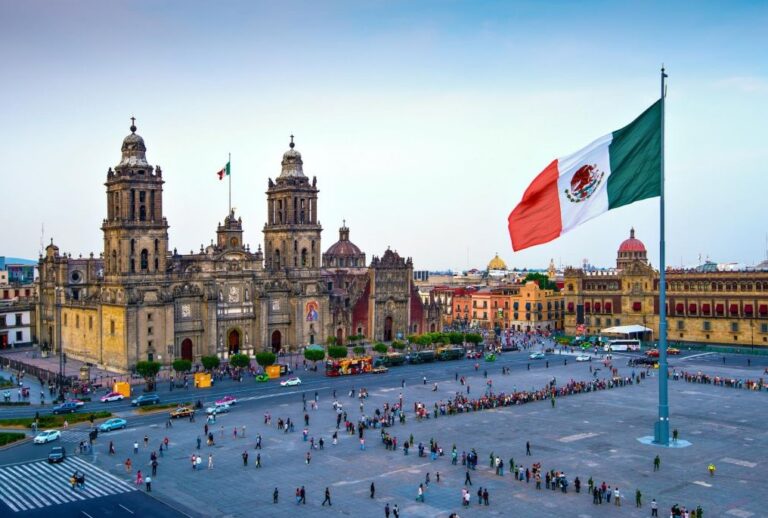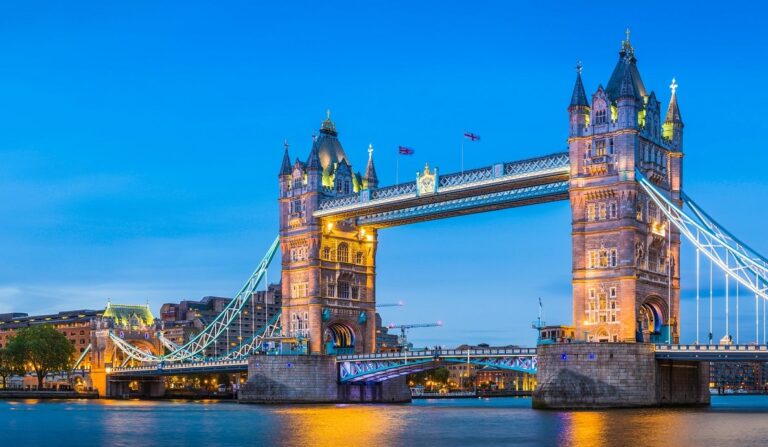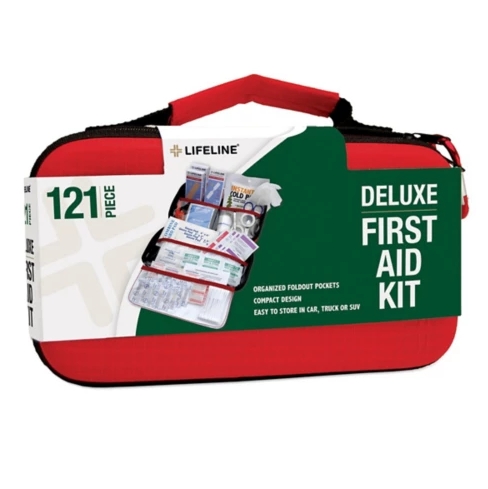If you’re planning an international trip this year, it’s more important than ever to stay informed. In 2025, the global travel landscape is shifting quickly, with governments issuing new travel advisories based on political unrest, rising crime, and shifting immigration policies.
While you’re used to seeing countries like Afghanistan, Syria, or Venezuela flagged for safety concerns, recent updates might surprise you. Several destinations previously considered safe have been added to the advisory list. And for the first time in years, the United States itself is facing growing scrutiny from other countries, warning their citizens to be cautious when visiting.
Here’s what you need to know about recent travel advisory changes, whether you’re flying out or welcoming international visitors.
What Are Travel Advisories and Why Do They Matter?
Travel advisories are government-issued warnings designed to inform citizens about safety risks in other countries. In the U.S., the Department of State categorizes countries using a four-tier system:
- Level 1: Exercise normal precautions
- Level 2: Exercise increased caution
- Level 3: Reconsider travel
- Level 4: Do not travel
These levels are updated based on real-time information about civil unrest, terrorism, health concerns, crime rates, and diplomatic relations. They’re meant to help you make informed decisions, not necessarily to discourage travel altogether.
Myanmar (Burma) — Level 4: Do Not Travel

Armed conflict continues throughout the country. According to the U.S. State Department, there’s a high risk of civil unrest, military engagement with resistance groups, and limited access to health services or emergency assistance. Internet blackouts and road closures are common. Even in major cities, safety is not guaranteed.
If you must travel to high-risk regions, a compact emergency first aid kit can be a smart addition to your luggage, especially where access to healthcare is limited.
Russia — Level 4: Do Not Travel

Due to the ongoing war with Ukraine, Russia is flagged as a no-go zone for U.S. travelers. The U.S. government warns of arbitrary detentions, limited consular access, and unpredictable security conditions. Sanctions and geopolitical tension have also created practical travel issues like restricted payment systems.
Haiti — Level 4: Do Not Travel

Haiti’s advisory has remained high due to gang violence, kidnappings, and a lack of public services. The U.S. Embassy in Port-au-Prince has an extremely limited ability to assist citizens, and even airport access is unpredictable. Most governments now recommend leaving Haiti if you’re already there.
Lebanon — Level 4: Do Not Travel

After escalations along the southern border and instability related to neighboring conflicts, Lebanon was downgraded from Level 3 to Level 4. There are risks of terrorism, armed clashes, and civil unrest, especially near refugee camps and border regions.
Colombia — Level 3: Reconsider Travel

While tourist hotspots like Medellín and Cartagena remain popular, other regions in Colombia are facing increased threats of crime, kidnapping, and guerrilla activity. Travelers are advised to avoid rural areas and research regional conditions before visiting.
Ecuador — Level 3: Reconsider Travel

A sharp increase in violent crime has prompted the U.S. to warn travelers to reconsider visits to Ecuador. Guayaquil and Esmeraldas, in particular, have seen surges in gang-related violence. Even some tourist zones are experiencing spikes in theft and assaults.
Mexico — Mixed: Level 2 to Level 4 by Region

While Mexico overall is listed at Level 2, several states, including Colima, Guerrero, Michoacán, Sinaloa, and Tamaulipas, are at Level 4 due to kidnapping and violent crime. If you’re planning a trip to Cancun or Tulum, note that Quintana Roo is still Level 2 but with warnings about scams, assaults, and robberies.
For high-alert regions, a hidden money belt can help you keep cash and important documents discreetly on you while minimizing pickpocket risks.
Countries Now Warning About the United States
Here’s the twist: it’s not just the U.S. issuing travel warnings. In a surprising reversal, multiple countries—including allies—have now advised caution when visiting the U.S. due to rising concerns about safety and civil unrest.
Australia

On June 11, Australia updated its travel guidance for the U.S., citing gun violence, civil protests, and unpredictable immigration enforcement. While the overall advisory remains at Level 1 (“exercise normal safety precautions”), the Australian government warns citizens to be vigilant in public spaces like malls, entertainment venues, and public transport hubs.
Australia also flagged the complexities of U.S. entry, advising travelers to double-check visa rules, even when traveling under the Visa Waiver Program. They noted that U.S. authorities “have broad powers to decide if you’re eligible to enter,” which has led to unexpected denials or detentions at airports.
New Zealand

New Zealand raised its advisory to Level 2, warning travelers of potential detention risks by U.S. Immigration and Customs Enforcement (ICE). The alert follows cases where New Zealand citizens were held or delayed over paperwork discrepancies.
Canada

Canada’s advisory was also updated in June. While still classified as “normal security precautions,” the Canadian government added detailed warnings about violent crime, gun violence, and protests in major cities like Los Angeles, New York, and Chicago. Canadian officials also flagged drug trafficking activity near southern border states such as Texas, Arizona, and New Mexico.
If you’re worried about changing travel conditions, carrying a portable document organizer with copies of your ID, visa, and emergency contacts can make transitions smoother and faster in case of detention or inspection.
Germany, France, Denmark, and Finland

These countries have issued warnings about gender marker regulations in the U.S. Since January 2025, the U.S. government only permits entry if gender markers match the sex assigned at birth. Citizens with “X” or nonbinary markers are advised to consult with U.S. embassies in advance.
United Kingdom

The U.K. Foreign Office released an advisory emphasizing that even minor infractions or entry errors could result in arrest, detention, or deportation in the U.S. They also encouraged citizens to review state-specific laws due to wide variations across the country.
How Is This Affecting Travel and Tourism?
The U.S. tourism industry is starting to feel the impact of these international advisories.
According to the World Travel & Tourism Council, foreign visitors contributed around $181 billion to the U.S. economy in 2024. That number is projected to drop by $12.5 billion in 2025 due to declining international travel, driven in part by safety concerns and policy changes. The loss is expected to hit local businesses, jobs, and cities that rely heavily on tourism.
Experts note that the U.S.’s image abroad has shifted. Increased immigration enforcement, high-profile protests, and repeated mass shootings have all contributed to the hesitancy. As international travelers look elsewhere, domestic airlines are already seeing dips in demand, with some experts predicting lower fares and more empty seats for summer 2025.
What You Can Do Before You Travel
Whether you’re going abroad or planning to explore within the U.S., here are a few tips to keep you informed and protected:
- Check advisory levels for both your destination and your home country’s standing in theirs.
- Sign up for travel alerts like the U.S. Smart Traveler Enrollment Program (STEP) for real-time updates and consular support.
- Review your travel insurance to ensure it covers cancellations, medical emergencies, and civil unrest.
- Know the visa rules and entry requirements, especially if your gender marker or legal documents may raise flags.
- Be prepared to change plans if conditions escalate. Follow local news and stay aware of embassy guidance.
Final Thoughts
Traveling in 2025 isn’t just about where you want to go—it’s about knowing whether it’s safe to go, and whether others see your country as a safe place too. Countries like Myanmar, Haiti, and Russia remain high-risk, while others like Colombia and Ecuador are experiencing new waves of instability. Meanwhile, the U.S. is now the subject of foreign travel advisories itself, with allies like Australia and New Zealand urging their citizens to think twice.
Being informed is your best defense. Check advisories before you travel, read local embassy updates, and make backup plans just in case. And if you’re planning summer trips, remember: safety starts with awareness.



